There is a common saying amongst Icelanders that goes like this: ‘If you don’t like the weather in Iceland, wait 5 minutes’. The point is this: Iceland’s climate is changeable, and this makes it difficult to pack for. Expect to experience all types of weather on your trip, and remember that during the colder months wind-chill can make a big difference to the overall temperature. It is important to dress for the climate, because a week of feeling cold will be a very miserable week indeed.
[mks_boxquote align=”left” width=”250″ arrow=”0″]”In cold climates layers are your best friend. Thin layers work better than thick layers.”[/mks_boxquote]The forecast for my trip in November was for clear days with temperatures hovering around 4°c. Leaving Stockholm on a wintery day of -3°c, I was already wearing my winter coat and felt prepared for Iceland’s climate.
But nothing prepared me for the icy wind that blasted me as I left Keflavik airport. Ripping through my coat, it turned my bones to ice within seconds of stepping out of the terminal building. Although the temperature was above freezing, the arctic wind made it feel like -10°c. At night it felt colder.
For a week in Iceland the wind relentlessly buffeted us, its icy tentacles clawing mercilessly at every gap in our clothing. If you are planning to visit Iceland during the winter, then you need to take the right clothes.
Look at the picture of my friend and I below. Although we seem to be similarly dressed, one of us was always warm outdoors in Iceland, the other miserably cold. I am on the left of the picture and I am very warm. Underneath my coat I am wearing a (distinctly unsexy) moisture wicking thermal base layer, a fleece, a windbreaker and a Merino Buff. Under the jeans I am wearing Icebreaker merino leggings and woollen leg-warmers. Inside the boots I am only wearing a single pair of socks, but the hiking boots are keeping the cold out. The hat stops any heat escaping.
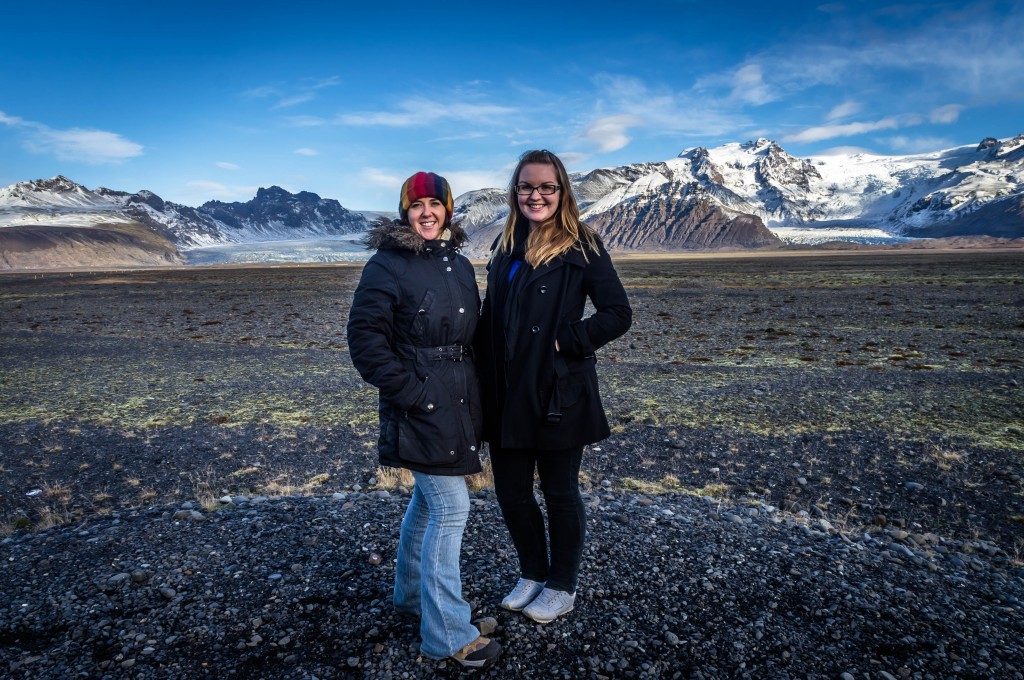
Recommended gear:
Windbreaker
As I have already mentioned, the wind in Iceland shows no mercy. Thankfully, I had a windbreaker in my backpack that I put on under my coat as soon as I left the airport. I recommend the stylish fitted Women’s P8 jacket from The North Face, which was kindly given to me by the lovely folks at Snow & Rock. It is a lightweight jacket that folds up really small, but offers great protection from wind and rain. The generous hood goes up easily over a woollen hat, and it even has a small peak that protects your face from the rain. This would be an ideal hiking jacket for the more temperate climates of spring and autumn, and works wonderfully as a windbreaker under my winter jacket in colder climates. I will be taking it with me on many more trips to come!
Merino Wool
I can’t recommend Merino highly enough. As a base layer you simply can’t do any better. Admittedly, it is pricy but I have never yet regretted a Merino purchase. My Icebreaker leggings have kept me warm in temperatures of -28°c, and the Buff (cylindrical tube, used as a scarf) that I bought in Iceland kept me toasty all week. You can buy Merino socks, vests, hats and gloves. You can never have too much!
Layers
Speak to anyone who lives in cold climates and they will tell you that layers are your best friend. I have already mentioned Merino wool, and my recommendation is that the layer closest to your skin should always be Merino. If you can’t get Merino then it should be a material that wicks sweat away from your body. It should never be cotton. Cotton absorbs sweat and will make you feel damp and cold. Other layers should consist of fleece and wool, followed by a windbreaker and/or coat. Thin layers work better than thick layers. This is an added benefit for those wishing to travel light. Choose your outer layer carefully. I love my winter coat with faux-fur hood, but realised quickly that to keep me really warm it needs to be filled with down, or another insulating layer, to keep the wind out.
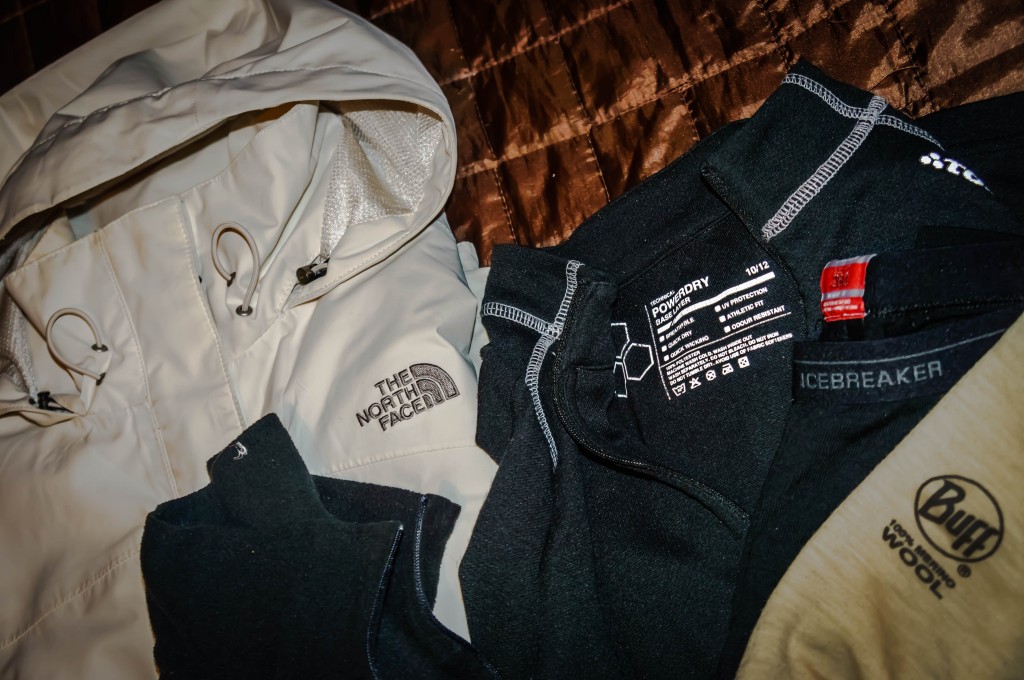
Hiking/Snow Boots
Rocky, bleak and beautiful; Icelandic terrain is perfect for hiking. Even the uphill streets of Reykjavik pose a challenge for pretty shoes. In the winter ice and snow can make walking treacherous. Leave the heels and trendy sneakers behind and invest in a sturdy pair of shoes with a good grip and ankle support. Remember to wear thick socks for warmth and to prevent blisters or rubbing.
With the right gear you will be prepared for whatever weather Iceland will throw at you!
The North Face Women’s P8 Jacket, and other items mentioned in this post, can be found at the Snow & Rock website. All opinions are my own.
How do you keep warm in cold climates? When I lived in the UK I was clueless, and cold all of the time. I avoided going out in the cold. Since living in Sweden I have realised that a few key pieces make a big difference, and these days I love being outside in wind, rain and snow! If you have any tips, let me know in the comments below.

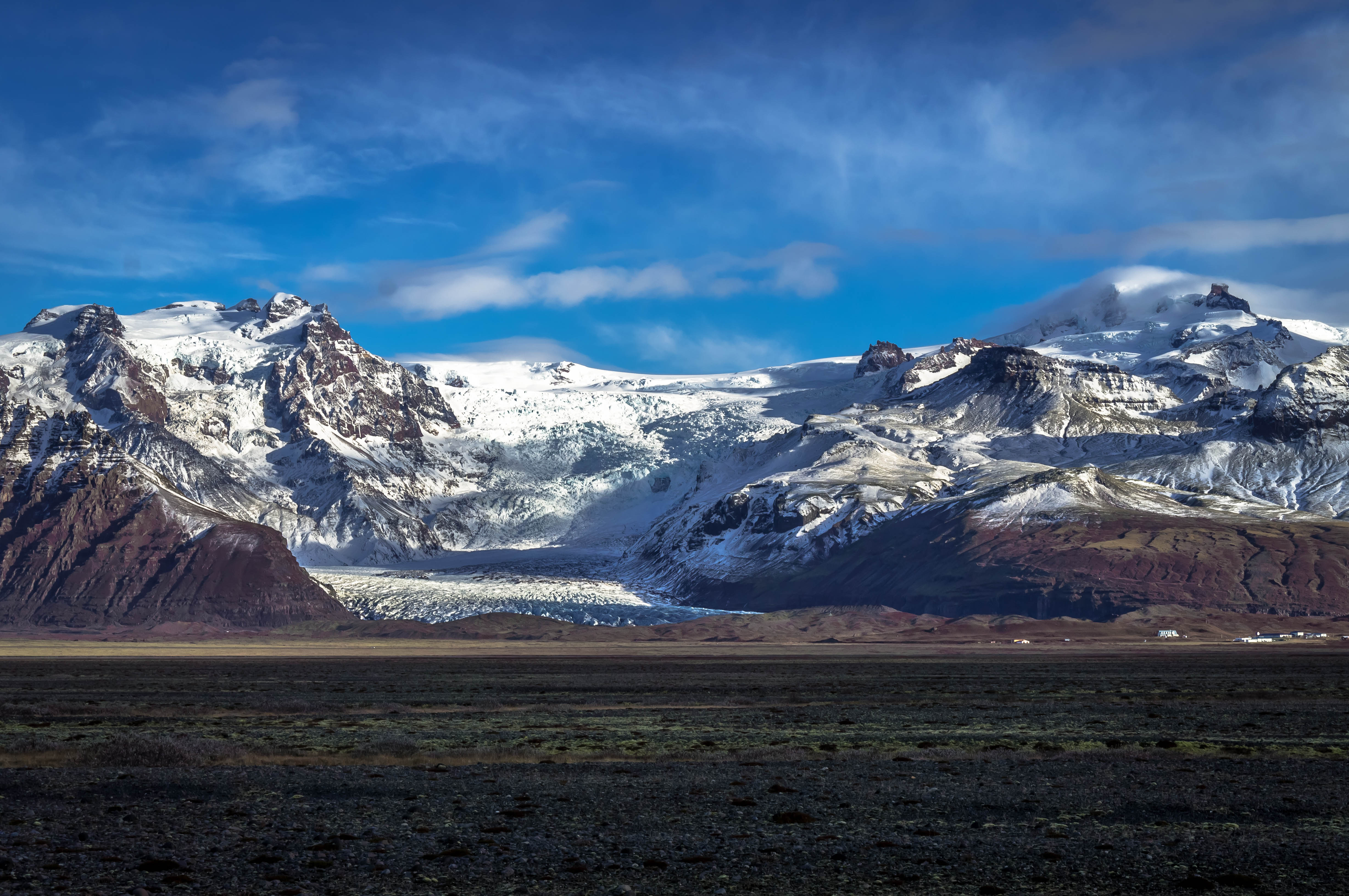
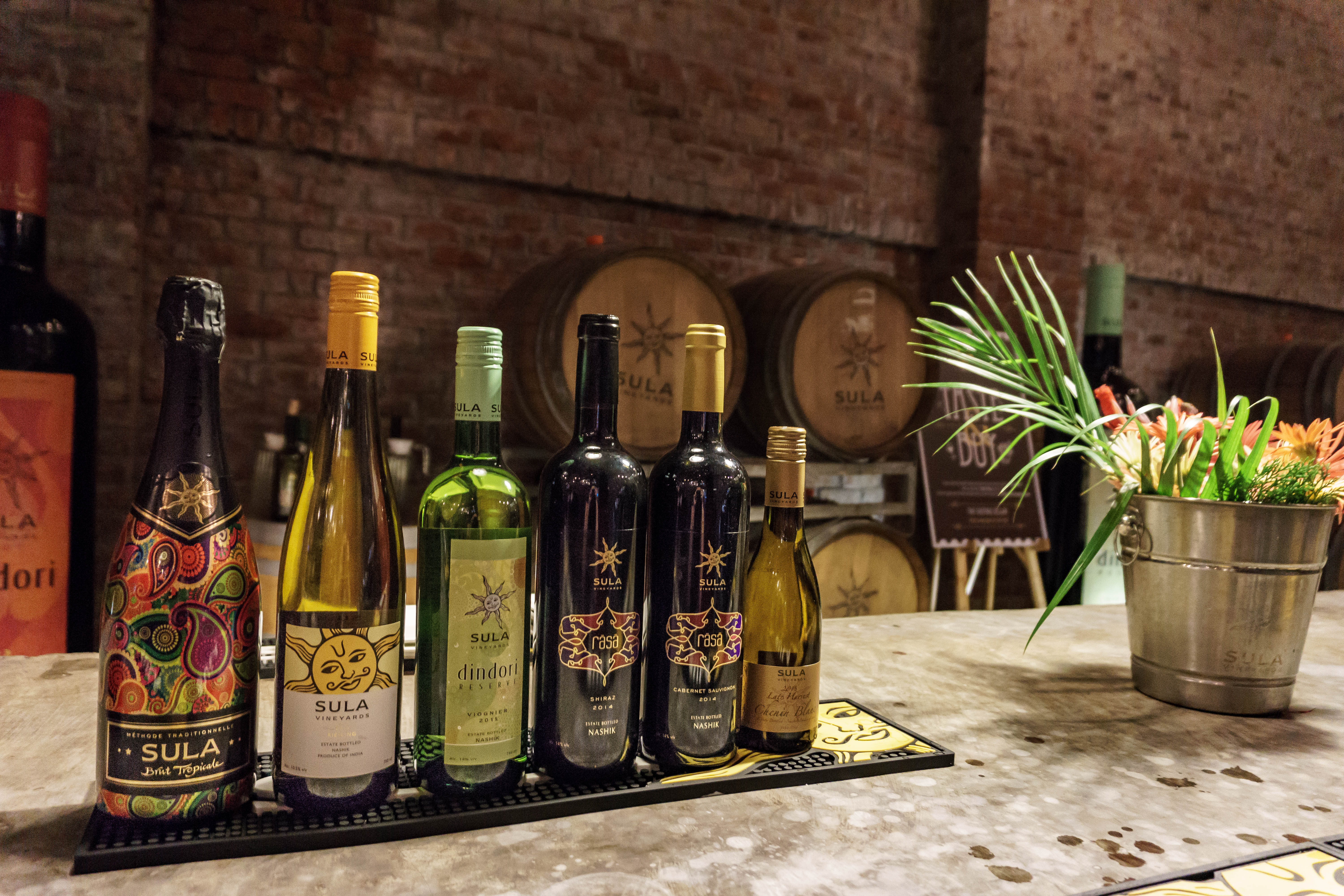

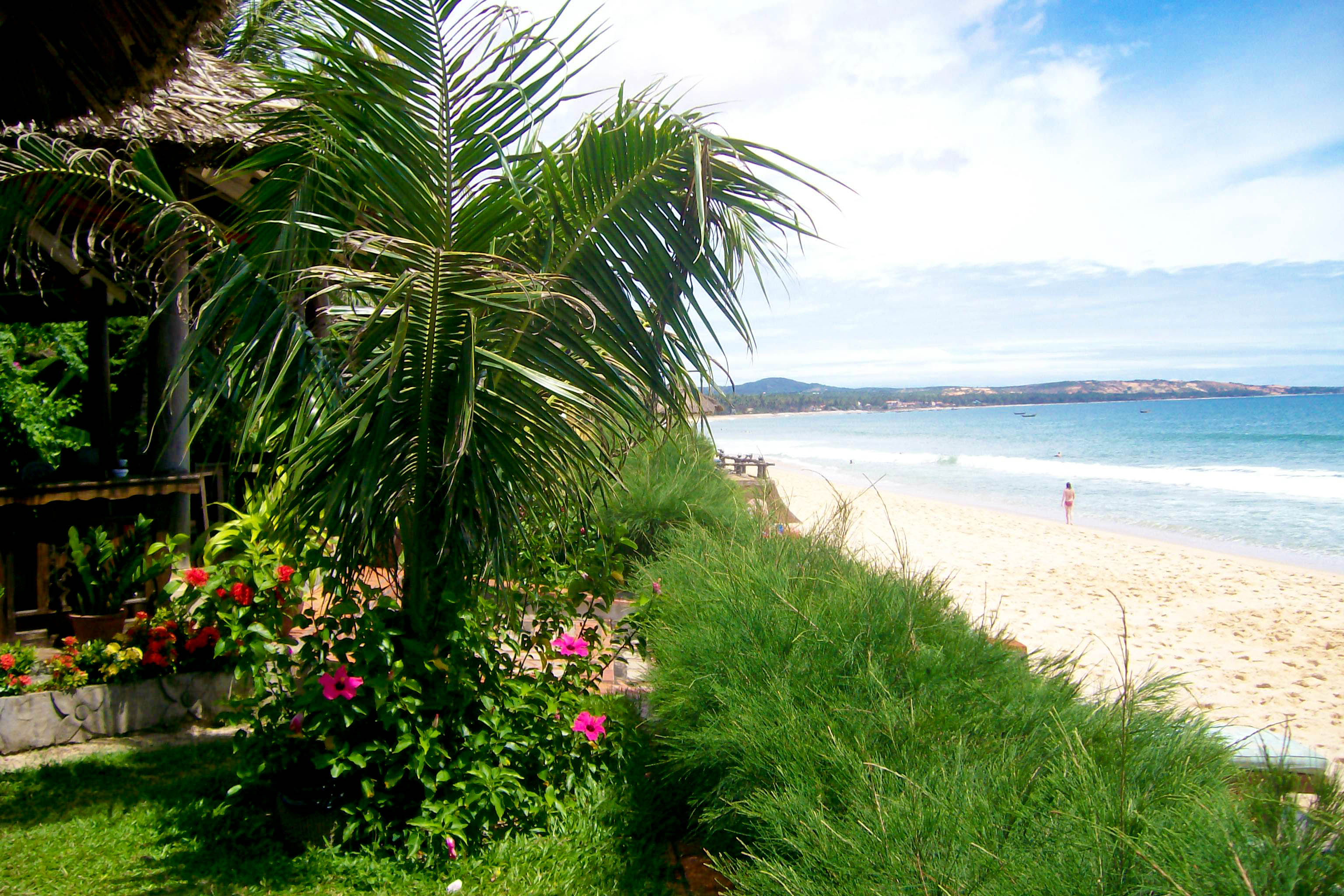
Hi there. Great article. Please may I ask, your black jacket, which “make & model” would it be. Assume it’s from Snow & Rock as well…you mentioned you had the wind breaker on underneath, it’s possible to use (the black jacket) in a milder winter climate without getting overheated. Thanks
The black jacket was from Stadium in Sweden, and I actually wore it in Spring and Summer in Sweden without overheating at all. It needed a windbreaker underneath for Iceland’s wind though! Sweden gets cold, but very rarely windy.
Great list! I love socks. During winter I sleep with socks. It is amazing how warm you could feel if your feet are warm. Best regards!
Yes! Socks make a whole load of difference – I love wearing thick, fleecy socks when it’s cold! Thanks for the comment.
We are going to Iceland for Christmas. We have walking boots, thick socks and lots of layers. I haven’t bought ski jackets so I’m wondering if our normal winter coats (We live in England, they are not fashion coats but padded and lined) be enough? Of course we will be wearing lots of layer underneath these coats. We don’t have waterproof trousers either. Do you recommend us investing in these for the trip? We have organised trips to see the Aurora lights and a coach trip to the spas etc. Please help because my worst fear is ending up wet and cold. Thank you in advance.
Layers, layers, layers. Don’t wear any thick woollen sweaters – they are too bulky and often have a loose weave that the wind can get straight through. Fleece is your friend! Make sure your bottom layer is moisture-wicking (ask in the shop if you are not sure), so that you don’t sweat and get cold. Merino wool is really good and definitely worth the price. I would buy some windproof/waterproof trousers at least, and make sure that your coat is wind-proof – the wind in Iceland is merciless!